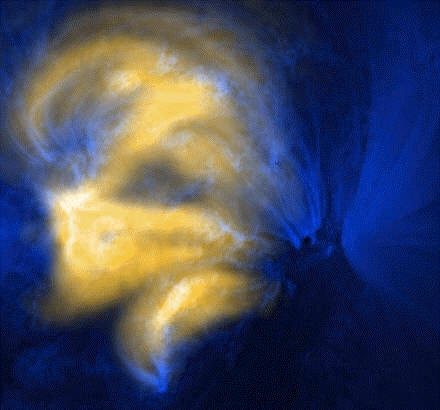Michael Mozina
Banned
- Joined
- Feb 10, 2009
- Messages
- 9,361
Now how are you going to do that.
Well, I would personally work backwards and use the lensing data and such to tell me how much mass is there, and I'd work backwards *WITHOUT* metaphysical gap filler.
the mass of visible objects is easy to estimate,
It's evidently not nearly as easy to estimate as you believe. You have no idea if you can easily measure the mass of the object unless you *assume* it's mostly made of hydrogen and helium. If you remove that premise, all bets are off. If it was "easy" you wouldn't need gap filler. Evidently it's harder than you think.
as is the mass of the interstellar medium.
Again, this too is much more complicated than first realized.
http://www.spaceref.com/news/viewpr.html?pid=25444
Ooops, they grossly underestimated that one too.
So how do you think they should estimate the mass of galaxies? What method changes do you propose?
I kind of like the lensing technique personally, but I do not assume as you do that every bit of "unidentified mass" must necessarily be in the form of non baryonic "dark matter".
So, as i asked you before.
How do you explain the actual roatation curves of galaxies and the star clusters that orbit them?
I personally think it's due to a combination of factors including the fact you continue to grossly underestimate the mass of stars, grossly underestimate the amount of interstellar dust and grossly underestimate the influences of intergalactic and interstellar current flows. I have no faith that any of it resides in any non baryonic forms of "dark matter".
There are not enough MACHOs by current observations. So how do you explain the acceleration of the objects beyond that predicted from the visible material?
I don't believe that you correctly estimated the objects and medium that you already observe.
Last edited:


 !
!

 !
!